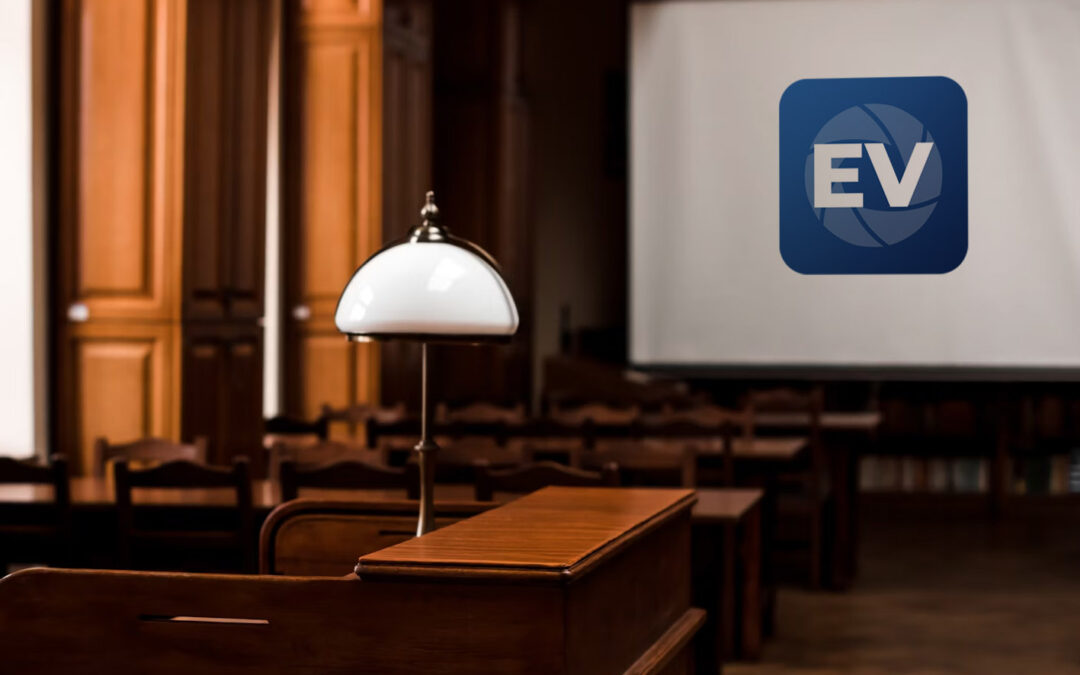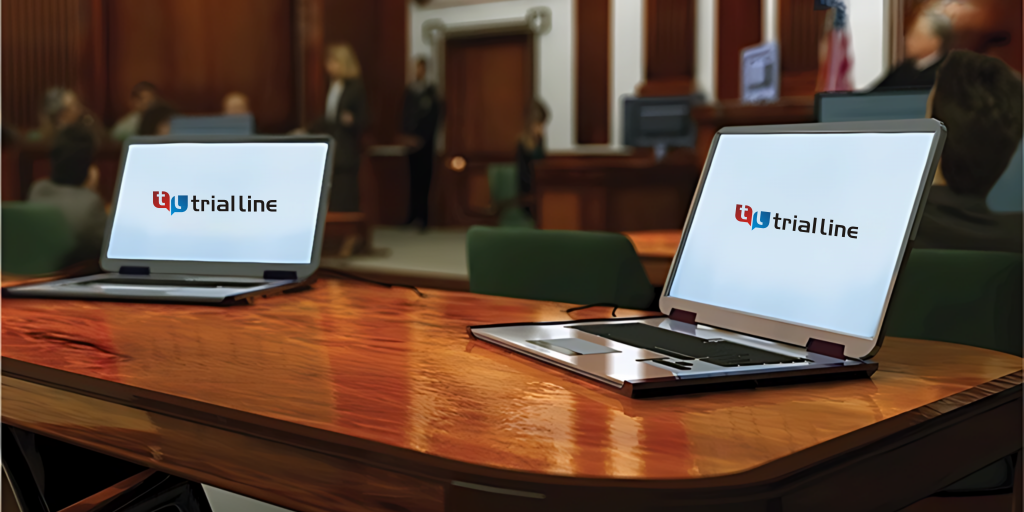Effective advocacy often depends on well-prepared trial presentations designed for impact.
How Trial Presentations Enhance Your Debate and Encourage Jurors
Test discussions work as a critical system for enhancing legal debates and encouraging jurors. By incorporating visual aids, narrative frameworks, and psychological interaction, attorneys can create an engaging instance that resonates on multiple degrees. The tactical use of visuals not just makes clear complicated information but additionally catches jurors' attention more properly than words alone. Nevertheless, the art of storytelling plays a just as essential function in transforming valid evidence into a compelling narrative, forming jurors' understandings - trial presentations. Understanding these components can considerably impact test outcomes, elevating the question of just how each component adds to this elaborate dynamic.

Importance of Aesthetic Aids
Aesthetic aids play an essential duty in boosting the efficiency of test discussions, as they can considerably increase target market interaction and retention of information. In the context of a test, where jurors are tasked with handling complex info, visual aids offer to simplify and make clear essential factors. Charts, charts, and images can communicate data and ideas that might otherwise bewilder or confuse jurors, permitting a more simple understanding of the evidence provided.
In addition, visual aids aid in maintaining juror interest throughout the process. By breaking the dullness of spoken testimony, these devices can stress vital debates, making them more unforgettable. Reliable visual aids can likewise stimulate emotional actions, which can be crucial in persuading jurors to line up with the speaker's story.

Crafting Engaging Narratives
A compelling story is essential in trial discussions, as it serves as the backbone of efficient persuasion. It permits lawyers to weave together truths, proof, and psychological elements into a meaningful tale that reverberates with jurors. This narrative framework enables jurors to comprehend the complexities of the situation while leading them through the attorney's argument.
To craft a compelling narrative, attorneys should focus on quality and comprehensibility. In addition, the usage of brilliant descriptions can create mental images that help jurors visualize the occasions, making the story a lot more unforgettable.
Additionally, integrating crucial styles throughout the presentation enhances the core message and help in retention - trial presentations. The narrative ought to not only share info but also stimulate a sense of justice, highlighting the stakes entailed. Eventually, a well-constructed story cultivates a connection between the jurors and the instance, positioning useful link the attorney's debate as both credible and engaging, thus increasing the chance of a positive verdict

Involving the Court Mentally
Effective jury involvement rests on the lawyer's ability to attach with jurors on an emotional degree. This link can substantially impact jurors' understandings and their best decision-making. Using psychological appeals enables lawyers to humanize the case, changing abstract lawful concepts right into relatable experiences. By offering real-life stories or testimonies, lawyers can evoke empathy and empathy, fostering a deeper understanding of the issues at risk.
Aesthetic help, such as photographs or videos, can additionally boost psychological engagement, offering jurors with dazzling depictions of the case's human elements. Crafting a narrative that highlights the struggles and victories of the people entailed ensures that jurors see beyond the legal arguments and acknowledge the human repercussions of their decisions.
A lawyer's passionate delivery can reverberate with jurors, strengthening their emotional investment in the instance. It's crucial to stabilize emotional appeals with valid proof, guaranteeing that jurors feel urged to act while staying grounded in the fact.
Structuring Your Discussion

The body of the presentation should be rationally segmented right into bottom lines, each supported by engaging evidence. It is beneficial to utilize storytelling strategies to weave facts right into a narrative that jurors can quickly adhere to. Visual help, such as charts and video clips, can enhance understanding and engagement, aiding to highlight crucial items of evidence.
Real-World Study
Taking a look at real-world study provides vital insights into the art of trial discussions and persuasion. The landmark situation of "O.J. Simpson v. Individuals of The golden state" illustrates exactly how aesthetic help and compelling narratives can persuade court perceptions. The defense team properly employed a technique that integrated top-level expert testimonies with multimedia discussions, which astounded jurors and inevitably find out influenced their decision.
One more noteworthy example is the "McDonald's Coffee Situation," where the plaintiff's attorneys utilized graphic images of the injuries sustained by Stella Liebeck. trial presentations. This stark aesthetic proof played a critical duty in sharing the extent of her burns, bring about a substantial court award. Such cases demonstrate that impactful test discussions commonly pivot on the efficient combination of visuals and storytelling to trial presentations stimulate emotional feedbacks from jurors
Moreover, the "Casey Anthony Trial" highlighted the value of narrative coherence and credibility. The prosecution's failure to develop an engaging timeline reduced their convincing power, underscoring the necessity of a well-structured discussion. Examining these cases reveals that effective trial discussions need tactical preparation, psychological engagement, and the capacity to reverberate with jurors' values and ideas.
Final Thought
Test discussions considerably boost disagreements and persuade jurors via the tactical use aesthetic aids, engaging narratives, and psychological engagement. By streamlining complicated details and promoting links with the target market, these elements develop a remarkable and impactful experience. A well-structured presentation balances psychological allures with valid proof, inevitably resonating with jurors' values. The integration of these methods not just affects decision-making but also highlights the significance of effective communication in the courtroom.